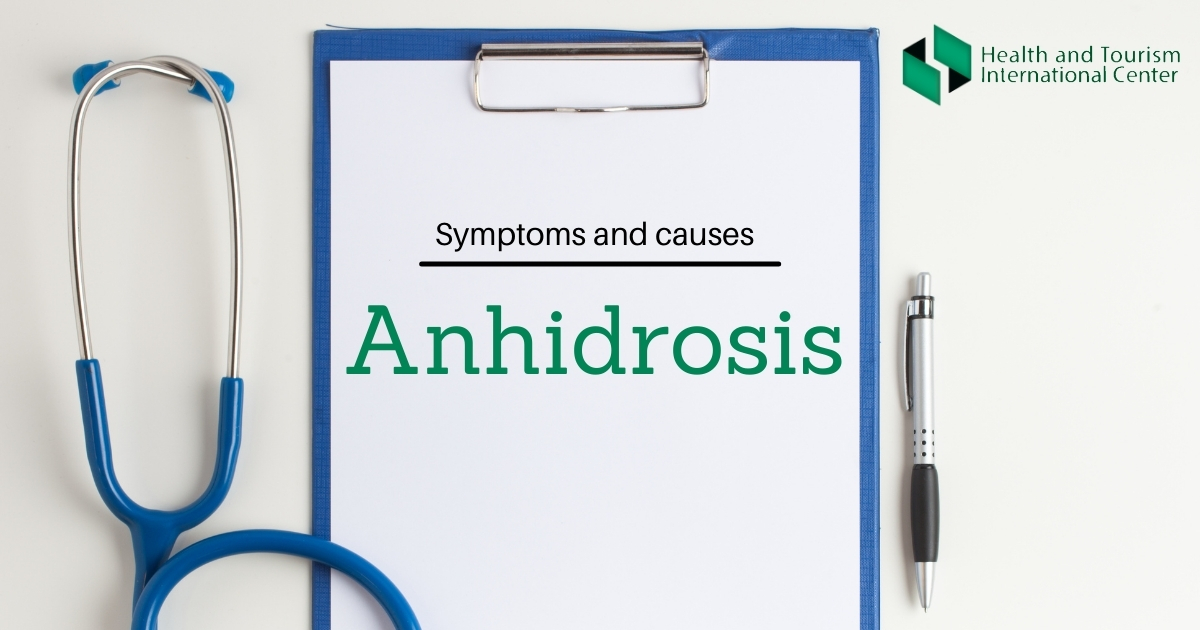What is anhidrosis?
Anhidrosis is the inability to sweat normally.
When you don't sweat (perspire), your body can't cool itself, which can lead to overheating and
sometimes to heatstroke — a potentially fatal condition.
Anhidrosis — sometimes called hypohidrosis — can be difficult to diagnose. Mild anhidrosis often goes unrecognized.
Dozens of factors can cause the condition, including skin trauma and certain diseases and medications.
You can inherit anhidrosis or develop it later in life.
Treatment of anhidrosis involves addressing the underlying cause if one can be found.
Signs and symptoms of anhidrosis include:
- Little or no perspiration
- Dizziness
- Muscle cramps or weakness
- Flushing
- Feeling hot
When to see a doctor
If you barely sweat, even when it's hot or you're working or exercising strenuously, talk to your doctor.
Talk to your doctor if you notice you're sweating less than usual.
In case of symptoms of heatstroke, call an ambulance, take the patient to a clinic immediately.
Anhidrosis occurs when your sweat glands don't function properly, either as a result of a condition you're born with (congenital condition) or one that affects your nerves or skin. Dehydration also can cause anhidrosis. Sometimes the cause of anhidrosis can't be found.
Source:
https://www.mayoclinic.org/diseases-conditions/anhidrosis/symptoms-causes/syc-20369400

